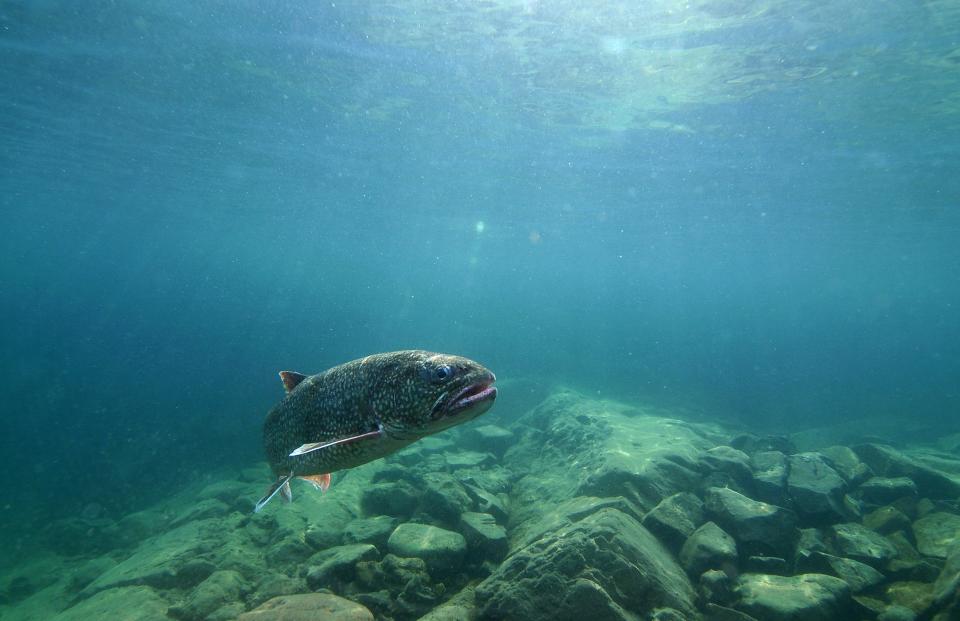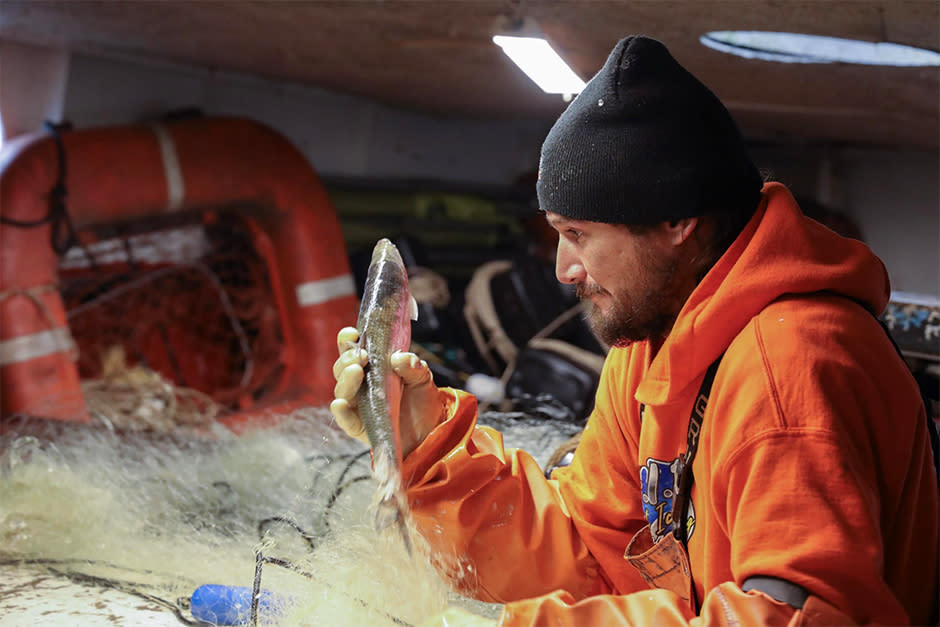Great Lakes fishing decree now in effect

On Aug. 24, 2023, U.S. District Judge Paul Maloney of the Western District of Michigan approved the proposed 2023 Great Lakes Fishing Decree. As of March 1, the decree is now in effect for the next 24 years in parts of Michigan’s Great Lakes.
The decree outlines rules and regulations regarding the co-management of fishery resources in Lake Superior east of Marquette, Lake Huron north of Alpena, and Lake Michigan between Escanaba and Grand Haven.
The 2023 decree and its prior iterations have been necessary because of five Michigan-based tribes — the Bay Mills Indian Community, the Sault Ste. Marie Tribe of Chippewa Indians, the Little Traverse Bay Bands of Odawa Indians, the Grand Traverse Band of Ottawa and Chippewa Indians and the Little River Band of Ottawa Indians — who each secured fishing rights in the Great Lakes during the 1836 Treaty of Washington. The decrees have been used to accurately and fairly identify the needs of vested parties and provide a framework for the shared use of fishery resources.
In 1985, federal courts affirmed the first iteration of a Great Lakes fishing decree, implementing a legal structure for how the 1836 Treaty of Washington could best be honored and applied in a modern context. That 1985 decree came about as a result of rising tensions between tribal commercial fishing operations and sport anglers. The decree outlined a co-management framework that allowed for the sharing of the unique fishery resources within the Great Lakes. The decree stipulated a fishery management structure that dictates who can fish where, when and how, and what can be brought home or sold to the public.
Every decree since then, including the 2023 decree, has updated key details of how commercial fishing is to be done in the Great Lakes in a way that balances tribal, state, federal, commercial, public and environmental interests. The most recent iteration includes many updates, especially regarding which areas can be fished and how to implement new reporting methods for registering commercial catches. The decree also deals with topics such as catch limits and what type of gear fishing operations can use.
“Tribal fishing regulations needed to be updated to ensure they are consistent with the changes outlined in the new decree,” said Dave Caroffino, DNR Fisheries Division Tribal Coordination Unit manager. “In addition, both the state and the tribes have been preparing electronic reporting systems to improve data collection from commercial fishers, wholesale fish dealers and charter captains.”
Soon to be implemented by fisheries, the decree’s new electronic reporting systems are hoped to greatly improve data-gathering, enabling the effective management and monitoring of fish populations in the 1836 Treaty waters of the Great Lakes.
But the new decree is not without controversy.
The decree allows for a resurgence in the use of gill nets, an effective fishing tool that hangs in the water like a wall. Critics of gill nets say these devices indiscriminately catch and kill too many fish.
Subscribe: Check out our offers and read the local news that matters to you

“Expanded gill netting now allowed in bays and other areas of the lakes that haven’t had them for more than 40 years will cause social and biological consequences,” said Tony Radjenovich, president of the Coalition to Protect Michigan Resources.
The 2023 decree lets tribes use the nets in more places, although there are restrictions governing the depth of the water they’re placed in, the times of year they can be used and how much netting can be deployed. Because the new decree maintains strict catch ceilings to keep fish populations from dropping too low, supporters of the decree say the type of net used should be irrelevant.
“Whether they meet that harvest limit quickly by using the efficient method of gill nets or whether they meet that harvest limit over time by using less efficient means of fishing, the tribes are still subject to the same harvest limits regardless of gear used,” Judge Maloney said in his 139-page opinion issued in August 2023.
He emphasized that it shouldn’t matter what type of netting is used as long as harvest limits are carefully maintained.
Why implement a new decree now? The most recent, prior iteration of the decree was finalized in 2000. Despite recreational anglers and boaters becoming accustomed to the commercial fishing patterns established from that decree, officials said the Great Lakes ecosystem has changed substantially since 2000, necessitating an updated decree.
As tribal fishing operations begin following the regulations set out in the 2023 decree, commercial fishing patterns are likely to change.
“Anglers may see nets in locations they are not used to,” said Nick Torsky, a DNR Great Lakes Enforcement Unit supervisor. “It is important to review the updated maps within the decree to understand where commercial fishing nets may be located. Being careful and vigilant for commercial fishing nets while on the water is critical to public safety.”
Boaters, recreational anglers, swimmers, charter captains, divers and other interested parties that operate in, on or near the Great Lakes should be mindful of the buoys that mark fishing nets. Such buoys extend four feet above the water’s surface and are identified by an orange flag measuring 16 inches by 16 inches in size. These buoys are to be given a wide berth so as not to interfere with commercial fishing activity.
Maps identifying commercial fishing areas and additional information about the decree can be found at michigan.gov/dnr/managing-resources/fisheries/tribal/great-lakes.
Ren Brabenec is a Brimley-based freelance writer and journalist with The Sault News. He reports on politics, local issues, environmental stories, and the economy. For questions, comments, or to suggest a story, email hello@renbrabenec.com.
This article originally appeared on The Petoskey News-Review: Great Lakes fishing decree now in effect

